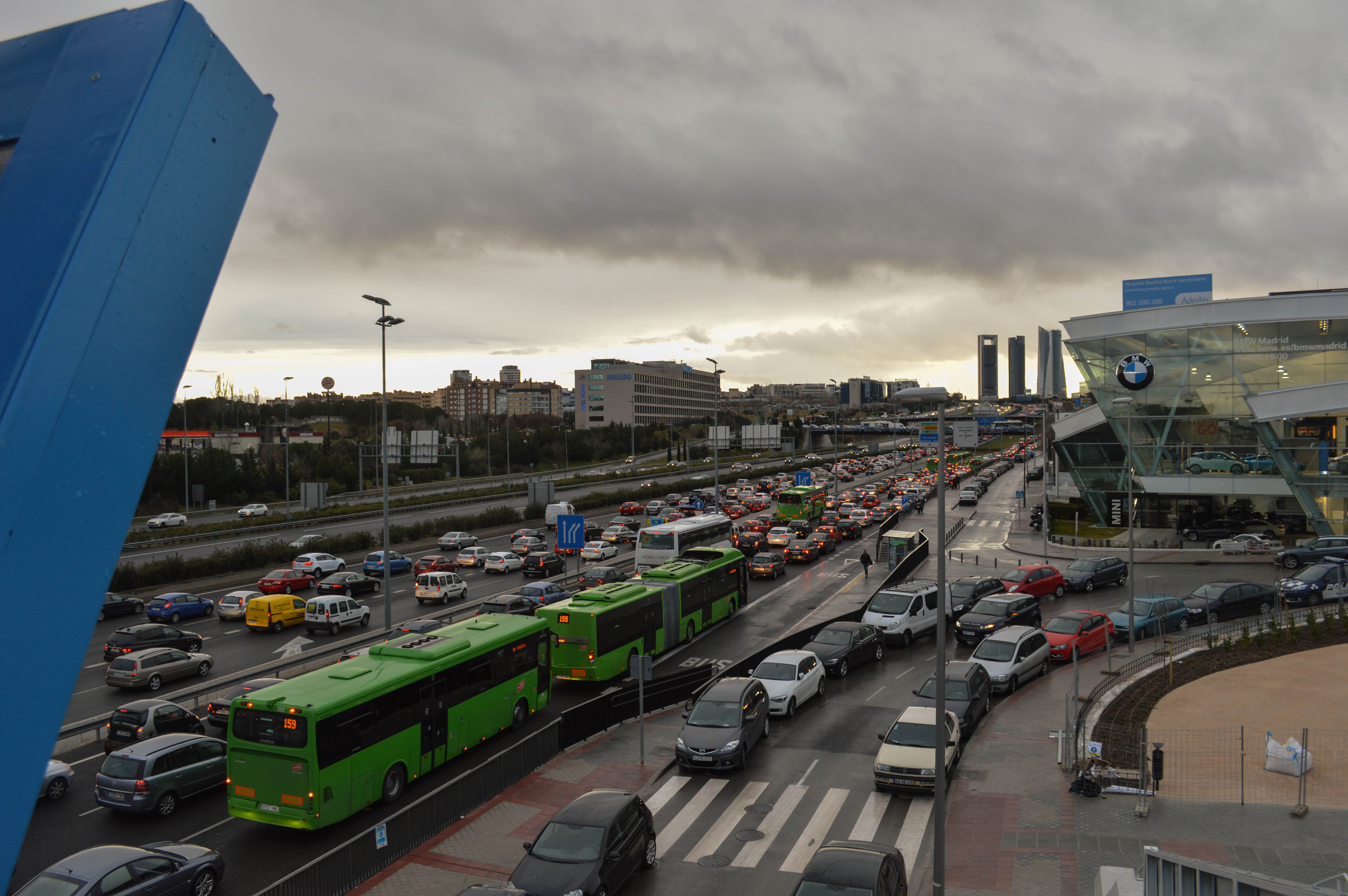
20 Ene Reducing road transport pollution to improve our air
In November 2019 authorities in New Delhi declared a public health emergency in response to dangerous levels of air pollution. One of their reactive measures was to temporarily only allow private vehicles on city roads on alternate days, depending on whether license plates ended in odd or even numbers.
Both natural and anthropogenic factors contribute to air pollution. Modern news coverage has made it clear to the general population that human activities are a major contributor. Importantly, science has proven that human activities contribute more than natural phenomena do.
It could be considered common knowledge that power generation and so-called “industrial facilities” (mines, oil refineries, manufacturing factories) are major contributors. The public are arguably becoming more and more aware that activities as mundane and as frequent as cooking and driving can be major sources of outdoor air pollution, depending on the fuel source.
Diseases linked to air pollution
Air pollution has a negative impact on not just the environment but our health as well, further driving the need to reduce harmful emissions.
According to The British Heart Foundation air pollution increases the risk of blood clots, and in turn heart attacks and strokes, by damaging blood vessels.
The World Health Organization links air pollution to 1.4 million deaths due to stroke, 2.4 million deaths due to heart disease, and 1.8 million deaths due to lung disease and cancer, every year.
Strategies for reducing air pollution
The fact remains that in order to reduce air pollution, sources in various sectors would have to be targeted.
Considering that congestion and traffic-related pollution are often the largest contributors to air pollution in cities , it makes sense that the transport sector is a frequent target of government intervention aimed at curbing pollution.
Long-term initiatives currently in place include the Congestion Charge in London and Hoy No Circula in Mexico City. The former is a fee for driving within a specified zone during certain weekday hours while the latter bans city center access by license plate.
Deciding on which intervention to administer requires the consideration of factors that will impact the success of the chosen intervention (s). These factors may vary by region.
Governments can consider imposing driving restrictions, putting import regulations on second-hand vehicles, strengthening public transport and encouraging migration to sustainably powered vehicles, among other strategies.
Many cities have set up low emission zones, where certain vehicles are prohibited from entering specified areas, in order to reduce pollution.
Low emission zones in Spain
In 2018 the Madrid Central Project was put in place, and in May of the following year a 48% drop in nitrogen oxide levels in the restricted traffic area of the city was attributed to this project. That same month, almost two thirds of monitoring stations in Madrid recorded the lowest nitrogen oxide levels in over a decade.
At the start of 2020 Barcelona even extended the low emission zone they’d introduced in 2017, making theirs southern Europe’s largest low emission zone .
The effectiveness of various traffic regulations is governed by many factors. The need for improved air quality will no doubt see more cities worldwide adopting a variety of policies or modifying existing policies concerning their transport sectors in order to reduce outdoor air pollution.


Sorry, the comment form is closed at this time.